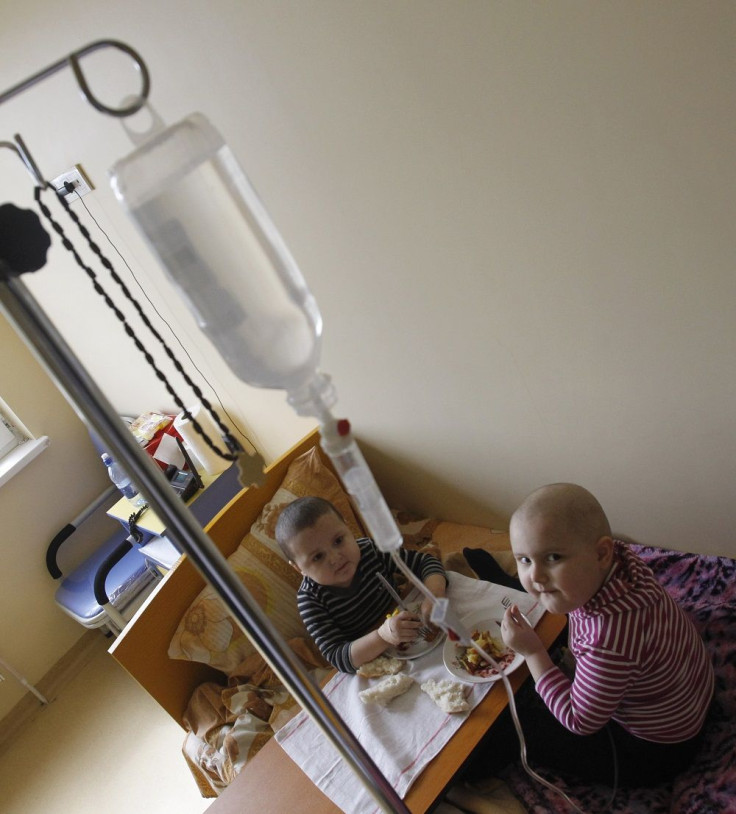Breakthrough T-cell therapy yields astonishing results in cancer research

Treatments of blood cancers reached a breakthrough as initial clinical trials showed that 94 percent of patients terminally ill with acute lymphoblastic leukaemia (ALL) were rid of all symptoms after T-cells were used to target the cancer cells. The Guardian adds that patients with other types of blood cancers exhibited response rates higher than 80 percent. Over 50 percent of these patients showed complete remission. These results are “unprecedented” and exemplify astonishing medical breakthroughs.
Further studies by the John Theurer Cancer Center (JTCC), in collaboration with the National Institutes of Health (NIH), supported the findings which claim that these new treatment method, known as chimeric antigen receptor T-cell (CAR T-cell) Therapy, completely rids the symptoms in certain blood cancers, as well as prevents it from recurring in patients who have undergone stem cell transplantation.
Chimeric Antigen Receptor (CAR) T-Cell
Administration of the CAR T-Cell therapy is done by collecting T-cells through a process called aphresis — a procedure similar to blood donation, except that cells that will not be used are reinfused into the patient. T-cells are types of lymphocytes that have the ability to kill infected cells by producing chemicals known as “cytokines.”
When these T-cells are extracted from the patient’s blood, it is then delivered to a laboratory for genetic re-engineering procedures where chimeric antigen receptors are produced on the cell’s surface. CARs allow labs to identify a specific protein in the targeted tumour. To attain a specific result, these CARs are multiplied in the laboratory and then infused into the patient’s bloodstream. CAR T-cells then destroy the specific protein target in cancerous cells.
CAR T-cell therapy is a form of immunotherapy that has been widely regarded as a potential and promising process in cancer treatment.
High-energy and low-frequency treatments
Previous cancer treatments include blasting high-energy radiation into a patient’s cancer-stricken body part to shrink the tumours. Some of the types of radiation include x-rays, gamma rays and other charged particles, and these aim to kill the cancer cells by destroying its DNA.
Other cancer treatments have attempted to use low levels of electric and magnetic fields, according to the Chinese Journal of Cancer . Radiofrequency, which is also used in communication devices such as the 5BARz International network extender technology, is also used to treat certain forms of cancer. Examinations done in patients with similar tumours showed positive response on an intrabuccal administration of precise frequency — 27.12 MHz radiofrequency (RF) electromagnetic fields (EMF) — and showed no adverse effect in long-term administration.
Intrabuccal method in medical terms is the process in which administration is done through the mouth or within the cheek. According to researchers, intrabuccal administration of low level frequencies showed safe level of EMF in the body and is validated through positive responses from fundamental internal organs such as the lungs, liver and adrenal glands.
Scientific and medical engineering feats, especially in cancer treatments have resulted in greater chances of survival for cancer stricken patients. Developments in scientific processes and innovations in technology certainly harbour a safer and more potent solution for medical cases. Results, such as the CAR T-cells breakthrough, lead to more significant advances in cancer treatments.





















